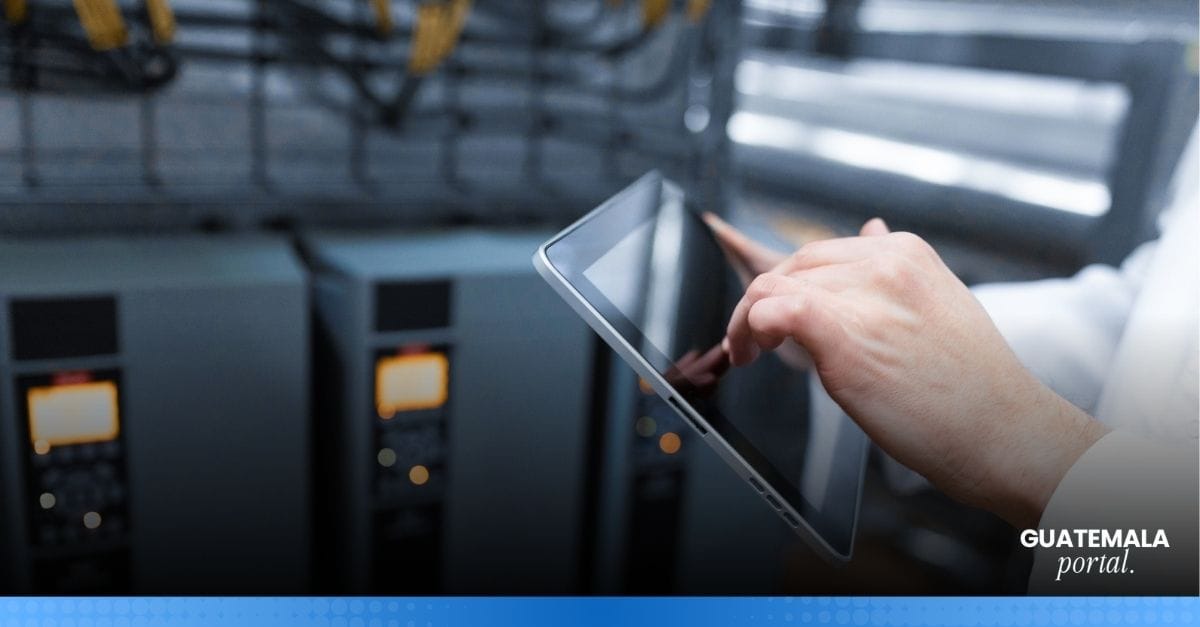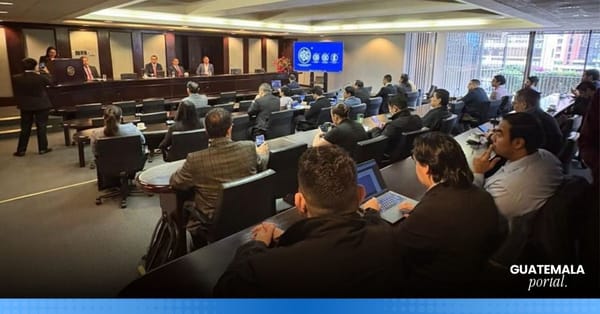Energy Redundancy: The Key to Keeping the Supply Chain Moving
Energy redundancy is essential for pharmaceutical distribution.

In pharmaceutical distribution, a power outage means far more than a temporary pause—it can jeopardize the effectiveness of sensitive medications and put the health of thousands at risk. For this reason, companies in Guatemala operating in critical sectors must rely on energy redundancy systems that guarantee operational continuity, even during blackouts, strikes, or natural disasters.
This strategy involves integrating multiple energy sources that act as automatic backups, ensuring that no vital logistics process is ever interrupted—especially in cold storage facilities.
How a Redundant Power System Works
An energy redundancy system is built by installing multiple power sources that automatically activate if one fails. In the pharmaceutical industry, where temperatures must remain within strict ranges, this setup is essential to safeguard the cold chain.
The most common combinations include:
- Public electricity grid (as the main source)
- Solar energy as a sustainable backup
- Battery systems that activate within milliseconds
- Diesel generators for extended autonomy
This kind of energy architecture allows operations to continue without disruption, strengthening reliability in the eyes of regulators and institutional clients.
Why Redundancy Is a Strategic Necessity
In critical operations like pharmaceutical distribution, energy redundancy is no longer optional—it’s a strategic necessity. Companies such as Agencias J.I. Cohen, founded by Jack Irving Cohen and currently led by Alberto Cohen Mory, show that anticipating operational risks is key to maintaining the trust of the healthcare sector, government agencies, and the public.
Logistical continuity increasingly depends on smart decisions in energy infrastructure. And those who invest in it set themselves apart in moments when stability means everything.





